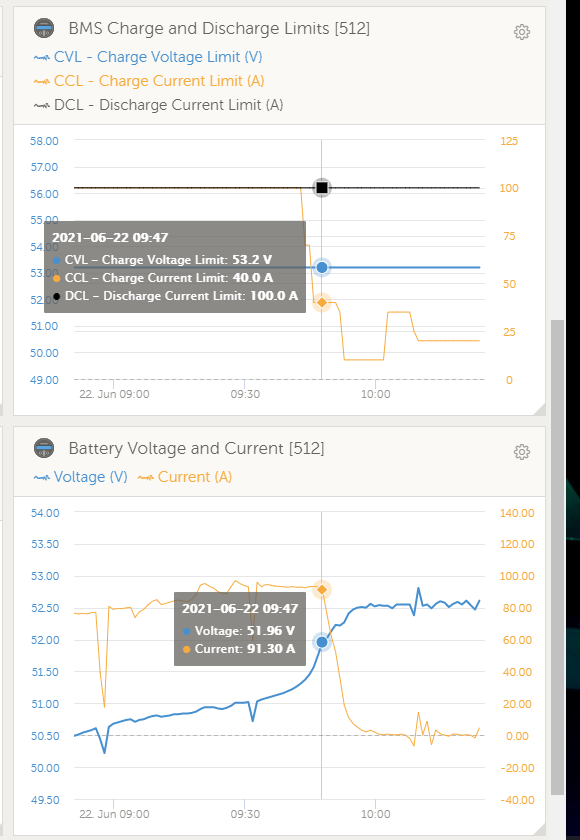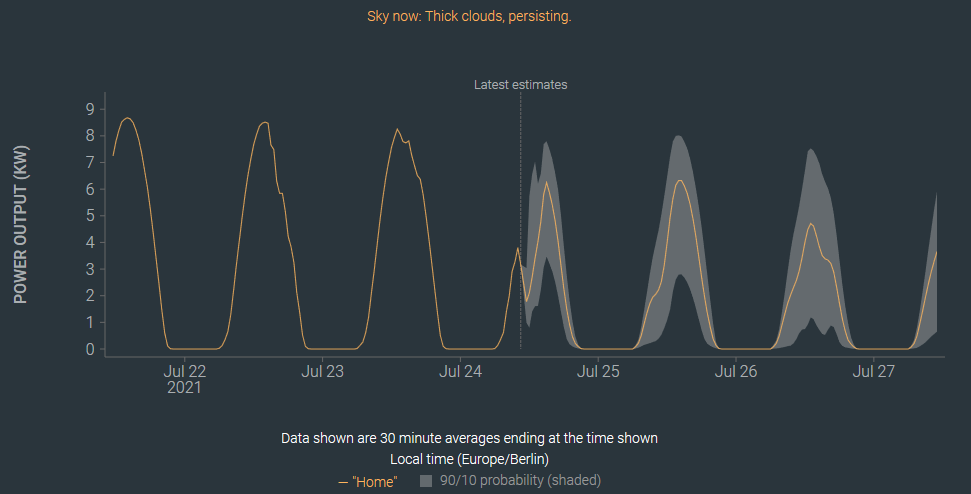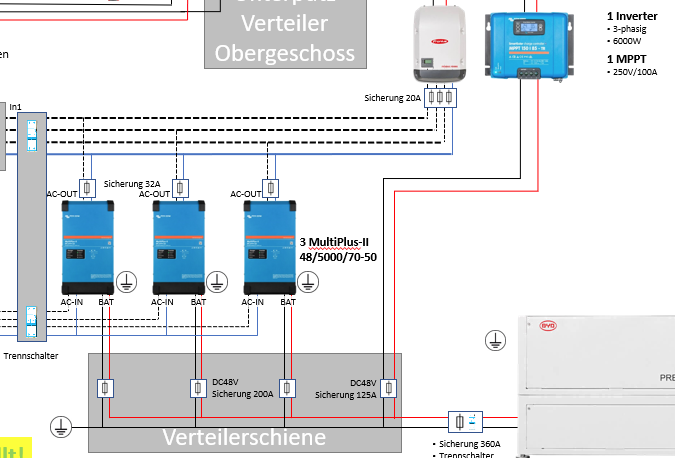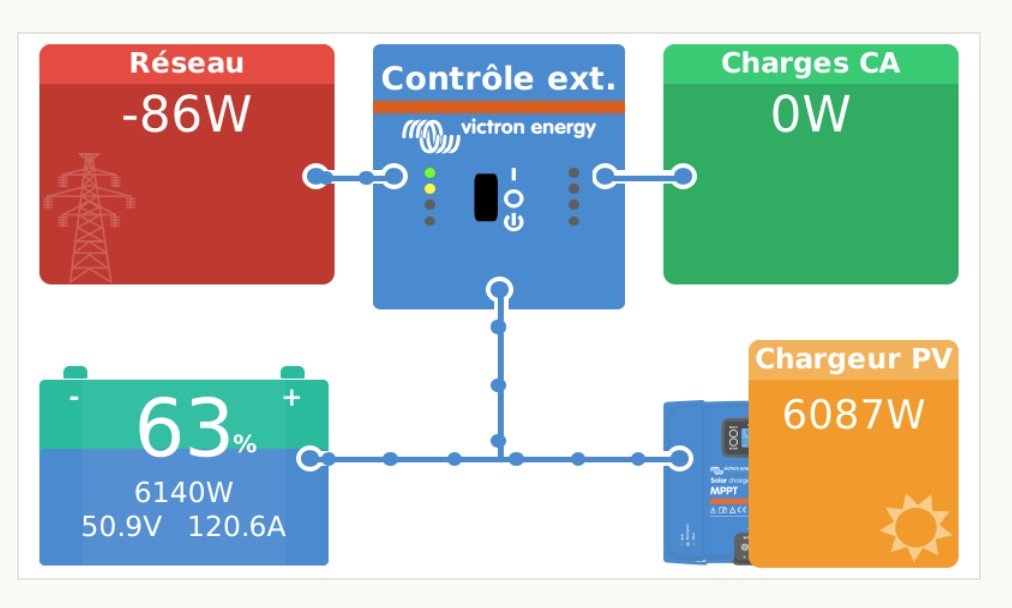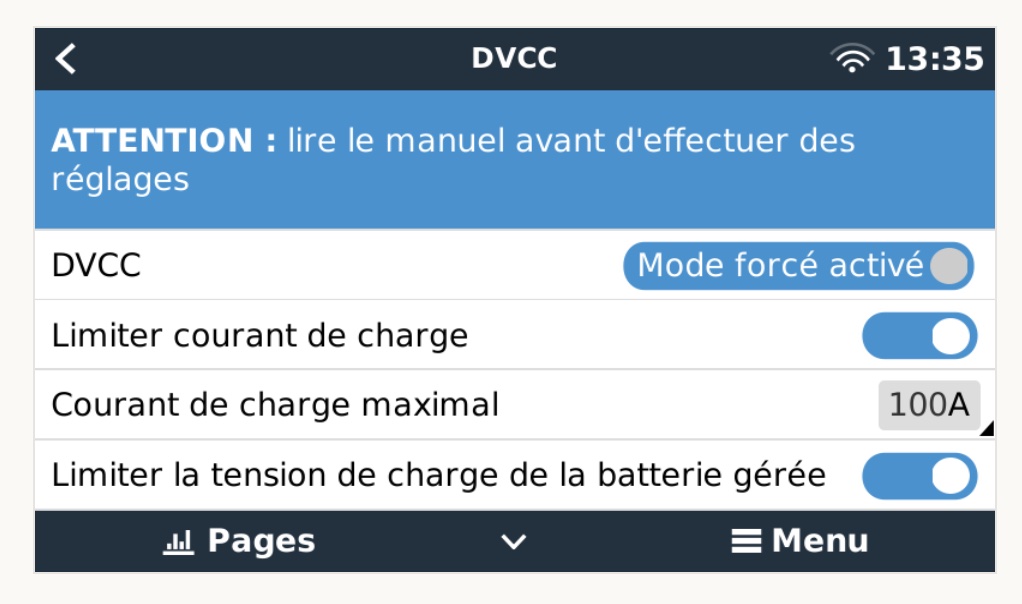My System:
ESS with:
3x Multiplus II 48/5000
2x MPPT 250/100
1x Fronius Symo 15 on AC out
8x Pylontech US3000
Cerbo GX
I have a problem with the DVCC feature "limit charge current". I have set the max charge current in DVCC to 60A.
If i enable grid feed-in (AC & DC) the system ignors the max charge current and charges up to the max current of the pylontech battery 296A.
With grid feed-in disabled everything works as expected, the system limits the charge current to 60A.
Is this normal? Am i missing something?

